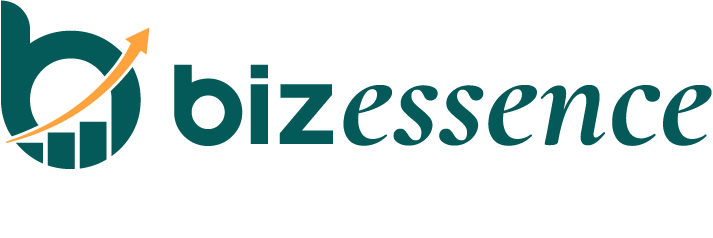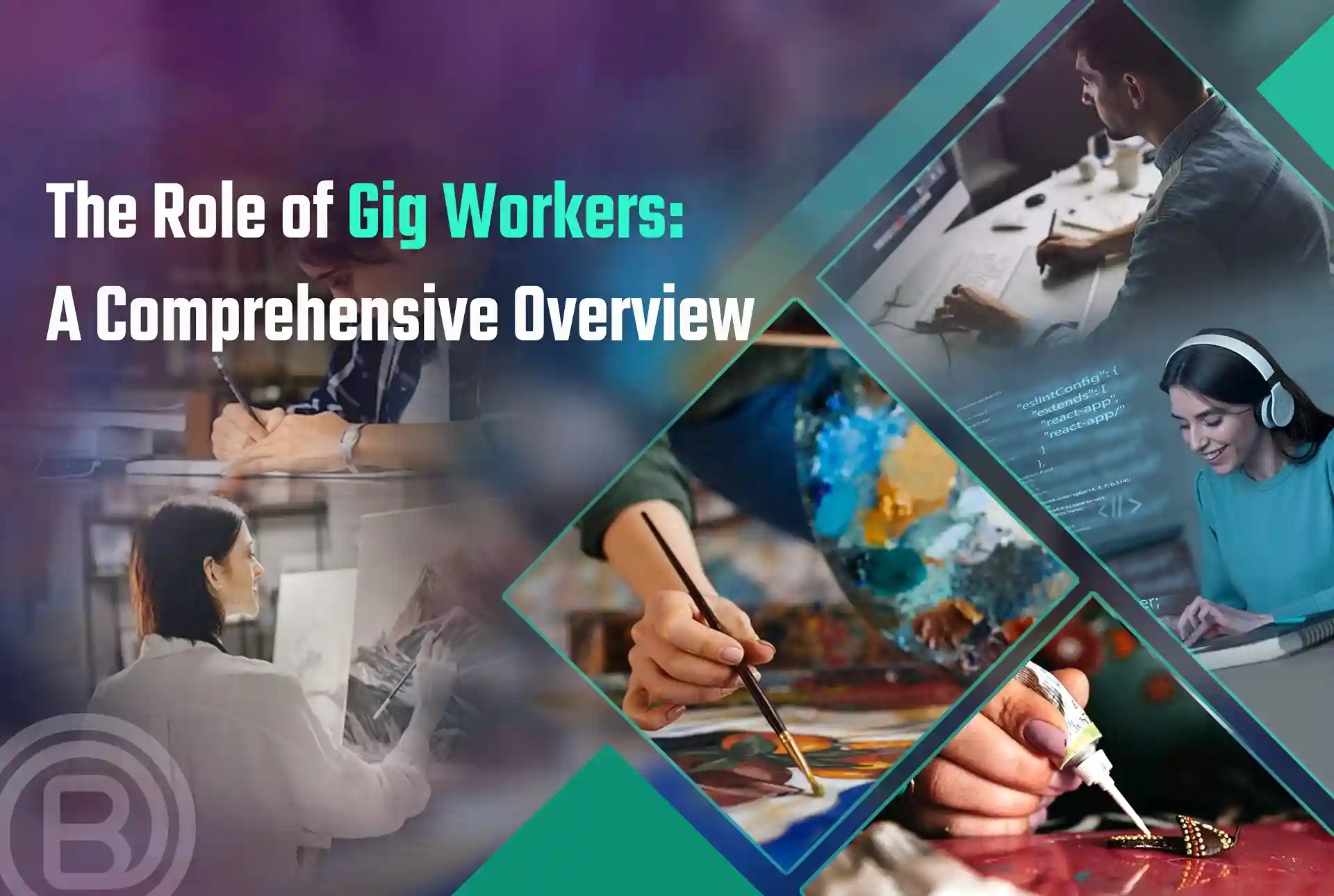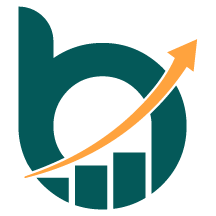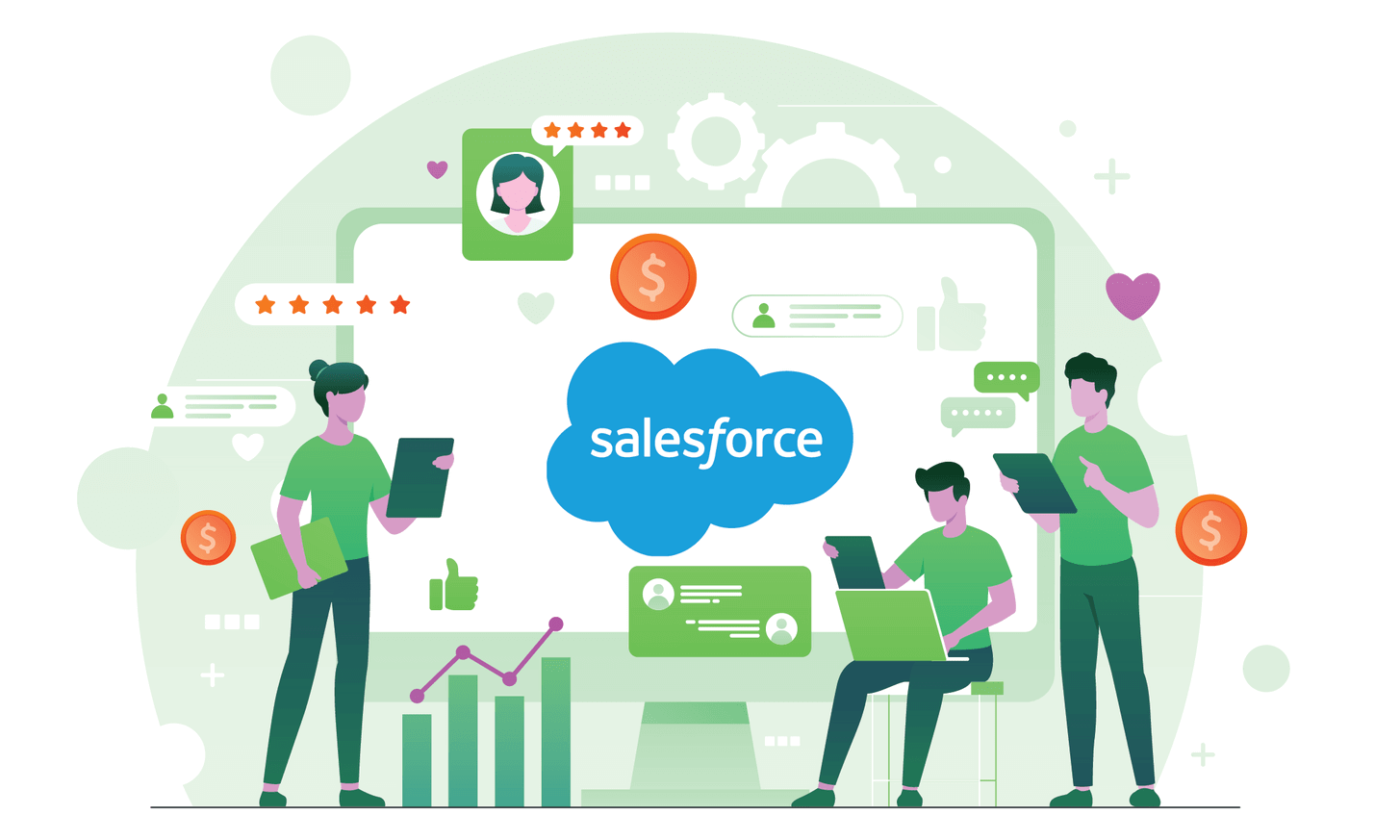“Talent is the seed; opportunities are the fertile soil. Together, they create a land of flourishing careers.”
The above quote serves as our guiding principle and provides a comprehensive overview of the nuanced dynamics defining the present professional landscape, placing a particular emphasis on the imperative of aligning talent with opportunities. Throughout this exploration, we will delve into the pivotal roles assumed by both employers and employees. They act as architects, carefully cultivating careers and recognizing that talent, akin to a seed, requires the right opportunities as fertile soil for growth. Join us in dissecting the profound relationship that underpins career development, epitomizing a commitment to excellence in today’s ever-evolving professional sphere.
The Transformative Terrain of Talent Acquisition
organizations are navigating a dynamic interplay of trends and technologies that reshape how they identify, acquire, and cultivate talent. This section meticulously analyses the changes, providing insights into the multifaceted dimensions of this transformative journey.
1. Unravelling Changing Trends in Talent Acquisition
Traditional approaches to talent acquisition are undergoing a profound metamorphosis. The current landscape emphasizes a candidate-centric model, places increased importance on diversity and inclusion, and witnesses a rise in skill-based hiring. We dissect these evolving trends, offering insights into how organizations recalibrate their recruitment strategies to align with the dynamic needs of the job market.
2. Impact on the Recruitment Process
Technology emerges as a linchpin in reshaping the recruitment landscape. Artificial intelligence, machine learning, and data analytics are not mere buzzwords but integral components influencing the hiring process. This exploration closely examines how organizations leverage these technological advancements to enhance candidate sourcing, streamline screening processes, and even predict future talent needs. The section further delves into the integration of applicant tracking systems and virtual interviewing platforms, unravelling their transformative impact on the overall recruitment lifecycle.
By understanding the intricate relationship between changing trends and the technological revolution, organizations gain a comprehensive understanding of the contemporary talent acquisition landscape.
Bridging the Gap: Employers and Employees
The dynamic between employers and employees has shifted significantly in recent times. Both parties hold different priorities and perspectives, sometimes leading to gaps in understanding and fulfillment. To bridge this gap and foster a mutually beneficial and thriving work environment, both sides need to play their part.
The Role of Employers in Providing Growth Opportunities
- Invest in continuous learning: Offer training programs, workshops, and mentorship opportunities to help employees update their skills and acquire new ones relevant to their roles and the evolving market.
- Promote career development: Create clear career paths with defined milestones and progression opportunities. Provide guidance and support for employees to navigate their career aspirations within the organization.
- Encourage skill development: Foster a culture of learning and experimentation. Allow employees to work on projects that challenge them and help them develop new skills.
- Provide regular feedback: Offer constructive feedback to help employees identify areas for improvement and track their progress.
- Recognize and reward growth: Acknowledge and appreciate employees who take initiative to learn and grow. Offer incentives and rewards for skill development and achieving learning goals.
Strategies for Employees to Align Their Skills with Market Demands
- Stay informed: Keep yourself constantly updated with industry trends, emerging technologies, and in-demand skills through publications, online courses, and professional networks.
- Identify skill gaps: Conduct self-assessments and identify areas where your skills might not align with market demands.
- Develop a learning plan: Create a personalized plan to bridge skill gaps by enrolling in courses, attending workshops, or seeking mentorship opportunities.
- Network actively: Connect with professionals in your field to learn about current trends and potential career opportunities.
- Showcase your skills: Highlight your newly acquired skills in your online profiles, resumes, and during job interviews.
- Seek feedback: Ask your manager or mentor for feedback on your skill development and how you can further align it with your career goals.
Bridging the gap is a collaborative effort. By working together, employers can provide more meaningful growth opportunities, and employees can take proactive steps to align their skills with changing market demands. This results in a win-win situation for both, fostering a more engaged, productive, and competitive workforce.
The Dynamics of Job Seekers and Employment Solutions
The intricate interplay between job seekers and the innovative employment solutions defines the contemporary landscape.
1. Understanding the Job Seeker Ecosystem
The modern job seeker navigates a complex landscape riddled with challenges:
- The Skills Labyrinth: The rapid evolution of technology creates a constant tug-of-war between existing skillsets and evolving market demands. Upskilling and reskilling are crucial, but access to affordable, relevant training can be an obstacle.
- The Competition Maze: Finding quality employment is often a fierce competition, especially in saturated fields or for niche roles. Standing out from the crowd requires strategic resume crafting, effective networking, and showcasing unique value propositions.
- The Hidden Job Market: Many opportunities lie beyond traditional job boards, scattered across professional networks, company websites, and even social media. Job seekers need to be adept at uncovering these hidden gems.
- The Bias Barrier: Discrimination based on age, gender, ethnicity, or other factors can create unfair hurdles. Recognizing and addressing these biases is crucial for fostering an inclusive job market.
- The Resource Rift: Unequal access to technology, training programs, and support networks can exacerbate existing inequalities, making it harder for certain demographics to thrive in the job market.
2. Navigating the Solutions Maze
Fortunately, innovative solutions are emerging to bridge the gap:
- Micro-Learning Magic: Platforms offering bite-sized, accessible learning modules empower job seekers to acquire in-demand skills quickly and conveniently, fitting learning into busy schedules.
- Skills-Based Savvy: Companies are increasingly moving away from traditional degree requirements and focusing on the competencies and skills that truly matter for the role. Highlighting transferable skills and relevant experiences becomes key.
- Gig Economy Glimmer: Online platforms offer flexibility and diverse work opportunities, catering to those seeking temporary work, side hustles, or project-based engagements.
- Remote Revolution: Remote work arrangements are no longer a novelty, opening doors for geographically bound individuals or those seeking a better work-life balance.
- Mentorship Magic: Connecting experienced professionals with job seekers through mentorship programs provides valuable guidance, career insights, and skill development opportunities.
- AI-Powered Matching: Algorithms are being used to match job seeker profiles with suitable opportunities, ensuring a more efficient and personalized search experience.
- Soft Skills Spotlight: Training programs and resources focusing on communication, teamwork, problem-solving, and other soft skills are becoming increasingly valuable as companies seek well-rounded individuals.
3. Beyond the Horizon
- Addressing systemic inequalities: Tackling discriminatory practices and ensuring equal access to resources and opportunities is fundamental for creating a truly equitable job market.
- Collaboration is Key: Governments, educational institutions, and companies need to work together to develop effective employment solutions, upskilling initiatives, and support networks.
- Lifelong Learning: Encouraging a culture of continuous learning empowers individuals to adapt to the ever-changing demands of the job market throughout their careers.
Future Trends in Talent Acquisition and Employment
The world of work is constantly evolving, and the next few years promise significant shifts in talent acquisition and employment. Let’s explore some anticipated trends and how technology and AI will play a role:
A) Anticipated Shifts in the Job Market
- Skills Revolution: Automation and technological advancements will continue to reshape job landscapes. While some roles will become obsolete, new opportunities will emerge, demanding different skillsets. Adaptability, continuous learning, and upskilling will be critical for success.
- The Rise of the Gig Economy: Flexible work arrangements will become increasingly popular, driven by both employee preference and the nature of certain industries. Gig platforms will likely see further growth, offering project-based work and income diversification opportunities.
- Remote Work Normalization: Remote and hybrid work models will become the norm, blurring geographical boundaries and attracting a wider talent pool. Companies will need to adapt their recruitment, onboarding, and management practices to cater to this distributed workforce.
- Focus on Wellbeing and Purpose: Employees will prioritize mental and physical well-being, seeking employers who offer supportive work environments, flexible schedules, and meaningful work. Purpose-driven organizations that contribute to positive social impact will attract top talent.
- Data-Driven Talent Management: HR will leverage data analytics to make informed decisions about talent acquisition, performance management, and workforce planning. Utilizing data insights will improve efficiency and effectiveness in managing human capital.
B) The Role of Technology and AI in Talent Acquisition
- AI-powered Recruitment: AI algorithms will play a larger role in resume screening, candidate matching, and even conducting initial interviews. While efficiency will be enhanced, ethical considerations and human oversight remain crucial.
- Personalized Learning & Development: AI-powered platforms will personalize learning experiences, recommending relevant courses and upskilling opportunities to bridge individual skill gaps and prepare employees for future roles.
- Talent Market Insights: AI can analyse vast amounts of data to identify emerging trends, skills in demand, and potential talent pools, helping companies stay ahead of the curve in recruitment strategies.
- Augmented Reality (AR) & Virtual Reality (VR) in Onboarding & Training: AR/VR technologies can create immersive onboarding experiences, providing remote workers with realistic simulations and interactive training modules.
- Building Diverse & Inclusive Workforces: AI can help identify and mitigate bias in recruitment processes, promoting diversity and inclusion in the workforce. However, transparent algorithms and human oversight are essential to avoid perpetuating unconscious bias.
Technology should be a tool, not a replacement. While AI is transforming the talent landscape, human judgment, empathy, and ethical considerations remain essential for building successful and sustainable workforces.
Forging a Collaborative Future in Careers
Our exploration delved into talent dynamics, career pathways, and the symbiotic bond between employers and employees. Now, as architects of our professional destiny, let’s bridge aspirations and actions. Being united, we propel innovation in talent acquisition, shaping careers that transcend limits. Employers ignite growth, and employees drive proactivity. In this collaboration, the future is not a destination, but a shared triumph where success echoes boundlessly. Let’s stride into a future where talent finds its perfect match and careers evolve as dynamic narratives. Together, we script a narrative of collective achievement, a narrative where the synergy between aspirations and collaboration crafts a future that knows no bounds.
Take command of your destiny; the perfect moment for your career evolution is now within reach!
Recommended Reading:
How the Right HR Consultant Sparks Explosive Business Growth?










